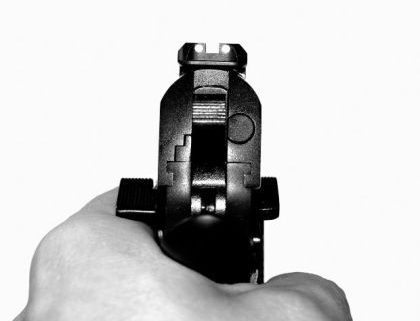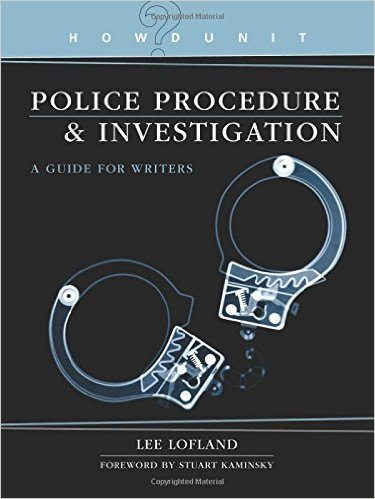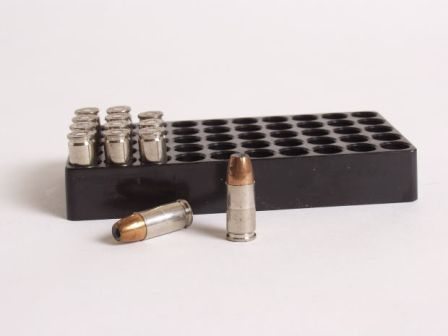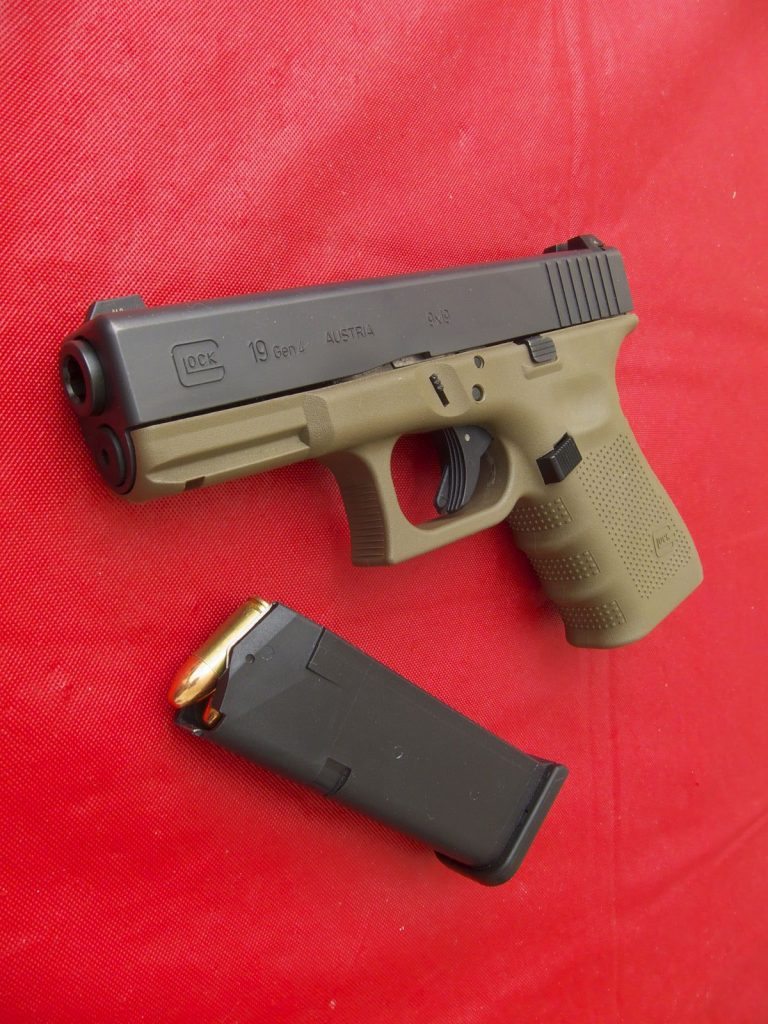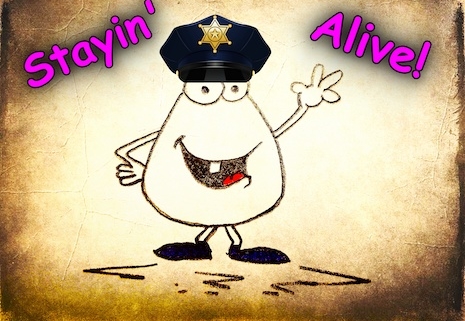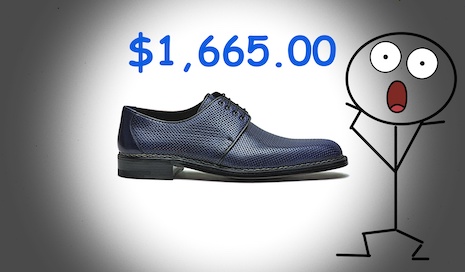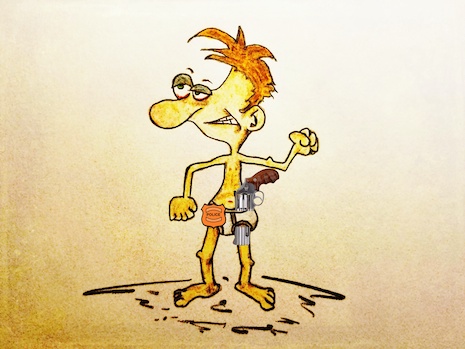Like reading a really well-written novel, it’s easy to step into the fictional worlds of crime TV shows. I mean, I’m there. I can hear the sounds of the police stations. I smell the gun oil. I hear the creaking of gun leather and the jingle of keys. And I feel the sudden tightening of the suspect’s muscles when they’re about to resist arrest.
I’ve been there, so I know what it’s like. Therefore, when I switch on one of those tension-filled dramas I know there’s a chance I’m “going back,” even if it’s only for an hour.
After reading one or two of my blog posts, a few diehard TV fans have written me to say that I don’t know what I’m talking about when it comes to certain areas of police procedure, and that I could learn a thing or two about it from the writers of popular cop shows.
Yeah, I know, that’s why TV and film writers attend the Writers’ Police Academy, because they know more about cop stuff than, well, actual cops. AND, I’m sure it’s my extreme lack of cop knowledge that actors, writers, and directors, have called on me for advice.
Oh, and there’s THAT book … 🙂
One repeated complaint shows up when I mention the nonsense of a TV cop “racking” the slide on their pistol before entering a dangerous situation.
“You don’t know a thing about cops and guns. They ALWAYS rack the slide on their pistol before engaging bad guys. It’s simply what they do!” said more than one person.
Now, for those of you who do not know, including “more than one person from above,” the racking of the slide serves two purposes (three if you count some TV folks thinking it looks cool).
One – when a shooter racks the slide the action ejects the round that’s in the chamber, leaving the gun short of one very important bullet. And, that foolishly ejected live round is sent to the pavement where it becomes as useless as a wad of gum stuck to the bottom of a shoe. Since we never see a round eject when TV cops rack a slide, well, then it’s safe to assume there was not a round in the chamber. More on this in a second.
Two – racking the slide delivers a round from the magazine to the chamber. Until a bullet is seated in the chamber a pistol will not fire. And why won’t it fire? Because there’s no bullet in the chamber. Duh!
Revolvers, however are a different story. To learn more about the differences between semi-automatic pistols and revolvers and the workings and parts of each, go here.
That’s right, without a bullet ready to fire (in the chamber) the weapon is practically useless. Unless, of course, you want to use it to whack someone on the head, or as a doorstop, a bookend, paperweight, or lawn ornament. And this, a pistol with an empty chamber, is how many TV law enforcement officers carry their sidearms … not ready to fire/unable to fire when needed.
Actually, a couple of chronic complainers/armchair cop experts have written (sometimes in ALL CAPS) that it’s AGAINST THE LAW, even for a police officer, to carry a live round in the chamber. One person said I was an idiot and should have my blogging license revoked. WHAT??? And give up all of this???
Well, I suppose they got the idiot thing right, but not the part about police officers unable to carry a round chambered in their weapons. Cops DO (see, I can use all caps too) keep a round chambered at all times (with the safety OFF, if equipped). In fact, chambering a round comes almost second nature to cops when loading their weapons.
When you ask an officer how many rounds he/she carries in his/her weapon they’ll often respond with an answer something like, “Fifteen plus one.” This means they have a full magazine containing fifteen rounds plus one round in the chamber. Some officers take the answer one step further and include, “Plus I’m carrying two full magazines on my belt. That’s fifteen rounds in each magazine, for a total of forty-six rounds, including the chambered round. Yep, I’m carrying forty-six rounds, four short of an entire brick.”
Brick = a full box of ammunition. The cardboard box containing the plastic insert and ammunition is shaped like a small brick.
When loading their weapons, officers first insert fifteen rounds into the magazine (the number depends on the weapon carried). Then they shove the full magazine into the pistol, pull back the slide and then release it, which loads a round into the chamber. Then they eject the magazine, which now contains one less bullet (14) and replace the round that was previously loaded into the chamber. They now have a pistol that’s loaded to 15+1, or whatever number of rounds their particular weapon holds.
Weapons loaded to the +1 capacity (a full magazine plus one in the chamber) decreases the amount of time an officer needs to react when involved in a deadly shooting situation. The time an officer spends placing a round into the chamber could be the amount of time it takes to save his/her life, and that’s IF they’d remember to “rack the slide” when faced with a split-second need to use deadly force.
Carrying a semi-auto pistol without a round in the chamber would basically be the same as showing up to a gunfight with an empty gun. Besides, when under fire, the last thing you want to do is to use up precious time chambering a round. The same is true regarding the safety. Officers carry their sidearms with the safety switched off. Again, having to take the time to find and fiddle with a switch, if they remember to do so, could very well mean the difference between living and dying.
To learn more about reaction times click here.
So yes, officers always carry a fully loaded weapon, and that means with a round in the chamber and with the safety OFF. There’s no slide-racking or safety-switching in real life.
Again – U.S. officers carry with a round in the chamber and the safety off.

